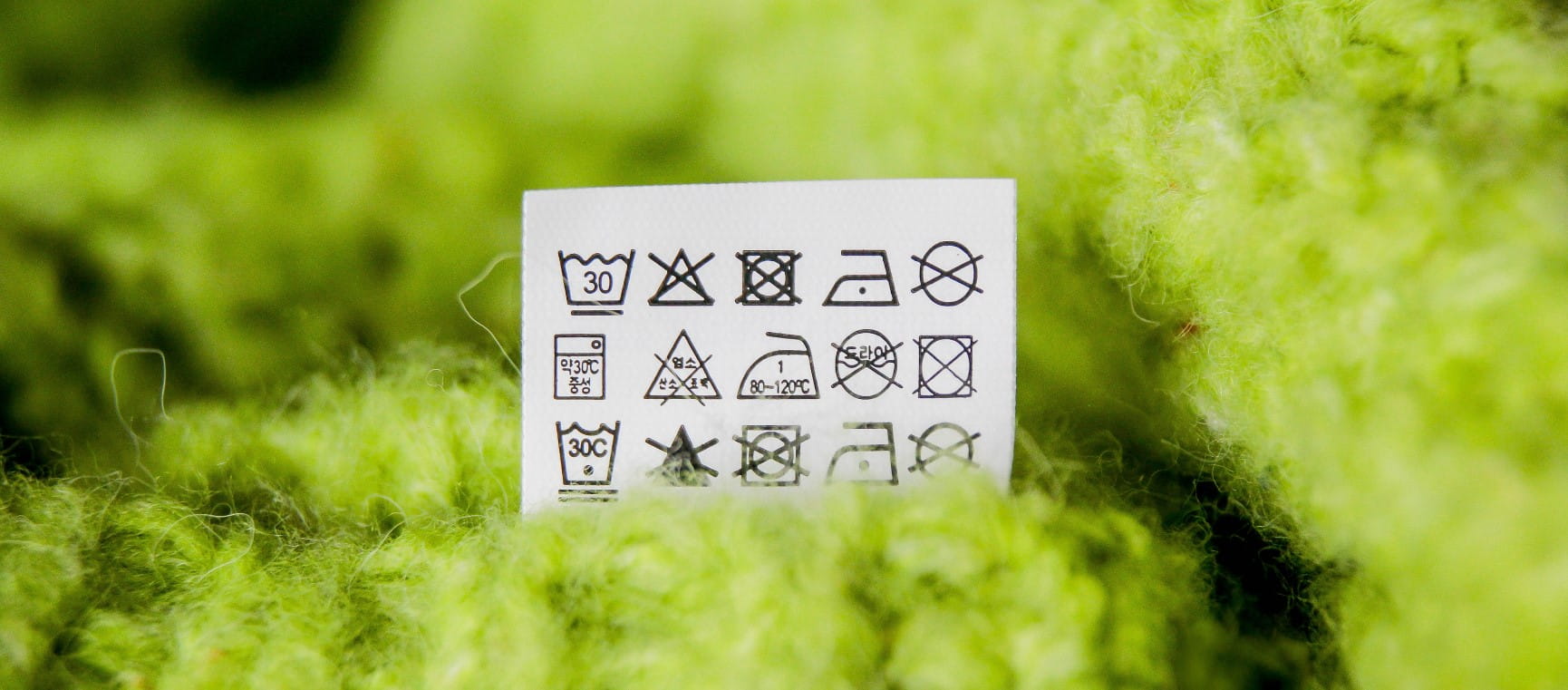
While most of us understand the basic laundry symbols on the labels of our clothes (otherwise we’d be spending a fortune replacing misshapen jumpers and shrunken shirts after every wash), there are some that hold a little more mystery.
You probably already know how to find out whether a garment can be tumble dried or machine washed, but do you know what the triangle symbol means or which symbol tells you that you must dry your clothing on a flat surface?
And these washing symbols are just as important to understand if you want to keep your clothes looking great for as long as possible.
Specialist cleaning expert Heidi Phillips says: “I would personally recommend always sticking to and following the clothing manufacturers' washing labels. These labels are provided to ensure your garment is cleaned properly, without it shrinking or becoming damaged in any way.”
For those who haven’t memorised them all (that’s most of us then), here’s our handy guide to navigating even the most mystifying garment label.
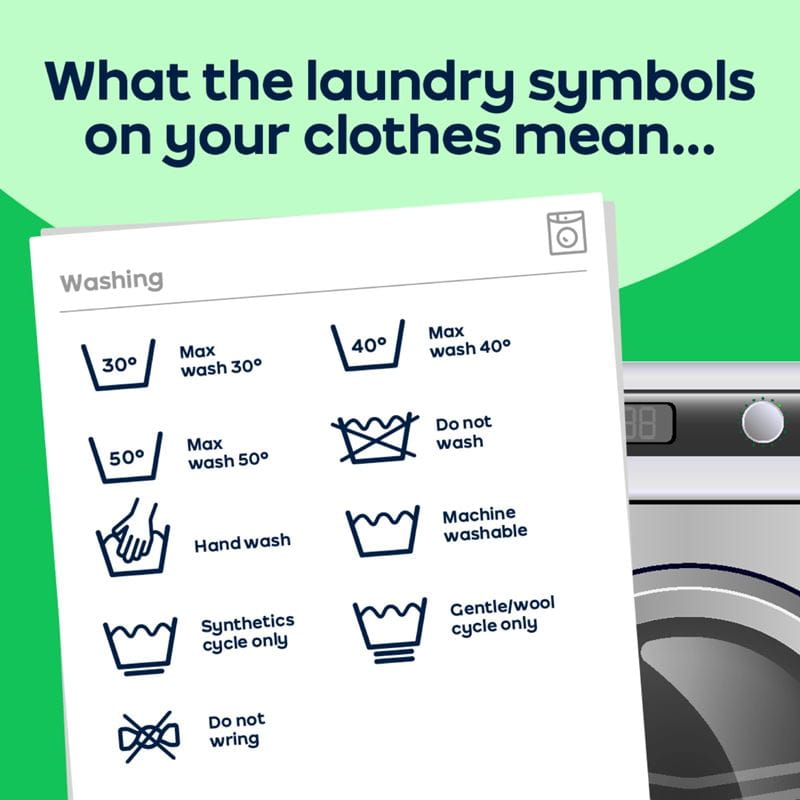
These symbols are likely the most familiar and are pretty straightforward – the bucket means you can machine wash the garment.
Some washing machines do have a handwash cycle, which is a more gentle setting made to take care of items that may not survive a regular wash, so it’s worth checking if yours does.
Phillips says: "Unfortunately, a lot of clothing these days is made from cheap fabric with poor seams and stitching (think 'fast fashion' and the trend for cheap, easily replaceable clothing).
"It is advisable to wash these items on as cool a temperature as possible to help prevent shrinking, stretching and broken stitching. Maybe consider washing on 20℃ rather than 30℃?"
The symbols with a cross or line through them mean you cannot do something.
So the bucket symbol with a cross through it means the garment should not be washed.
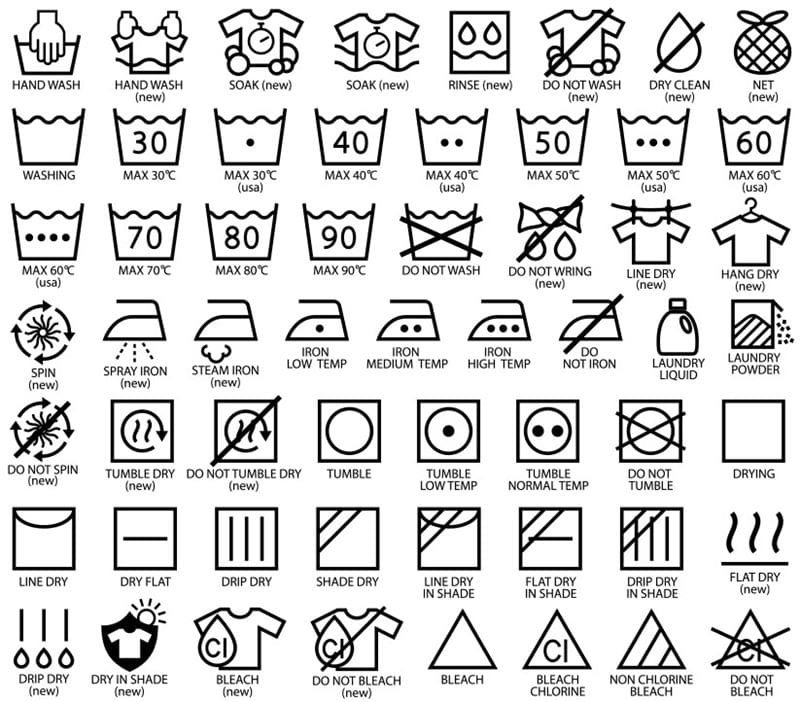
The square symbol indicates the drying instructions, telling you whether an item can be tumble dried, or how it should be positioned if left to air dry.
As is sometimes the case with washing instructions, the tumble dry icon can use a system of dots to let you know the temperature to use on your machine, with one meaning low heat, two for medium and three meaning high.
One line underneath is for synthetics and two indicates a gentle drying cycle is needed.
A cross over the image means you should not tumble dry the garment.
For air drying, three vertical lines indicate you should drip dry and a single horizontal line means to dry flat.
A curved line represents a washing line, meaning you should hang it on the line outside to dry (weather permitting!).
The triangle symbol is one of the lesser-known on this list, but is surprisingly simple. With only three variations to be aware of, this symbol refers to the bleaching instructions for the item.
If the tag has a blank triangle, feel free to use any laundry bleach you have available. If the triangle has two diagonal lines, you can still use bleach but you will need to use a non-chlorinated type.
A cross through the triangle means you should not use bleach - as much as a bright white shirt appeals, it’s not worth risking ruining the integrity of the material.
The dots on the iron symbols relate to how hot the iron should be - one dot meaning low, two dots medium and three dots high.
Lines on the bottom of the iron with a cross through them means you should not use steam when ironing, and a cross over the entire icon means you should not iron at all.
A circle on the washing label indicates that an item is dry clean only, while a circle with a cross of course means you should not dry clean the garment.
There is also usually a letter inside the circle to indicate to the dry cleaner which type of solvent to use, though you won’t need to understand these as the professional will be familiar with this information.
The garment might also have a diagonal line on the corner of the circle to indicate to the dry cleaner if they should use a short cycle, reduced moisture, low heat, or no steam finishing.

Katy Roberts, washing machine expert at AO.com, says: “Each washing machine will have a wheel of symbols which list each different program. These programs are basically designed to handle clothes of each different fabric type.
“What temperature to use is another tricky choice for many. Yet to simplify this, try to wash your clothes at 30℃ when you can as this is kinder to your delicate fabrics and it can save you money compared to a hotter wash. You can also choose to run a lower spin speed if you’re looking to be gentler to your clothes.
“Before you load your washing machine, try to separate your clothes into piles based on light and dark colours to prevent colours from bleeding onto each other.”
Phillips agrees, saying: "Don't assume that because garments are similar colours that they can be washed together.
"Some items can withstand a faster, hotter wash. Some items will damage others.
"For example, washing a black denim jacket with metal buttons together with a delicate silk vest top could result in the vest top getting ripped by the buttons or shrinking if the temperature is too high, or the jacket not being cleaned properly if you wash them on a short, cool wash to cater for the washing needs of the silk."
"Both are quality options for cleaning your clothes, the decision between the two comes down to your skincare needs,” says Roberts.
Phillips adds, "Persil Wonder Wash is an amazing detergent for fast washes and they all smell lovely too.
"Always follow the recommended dose for washing detergents and fabric conditioners. Using too much can leave your clothing smelly and reduce the quality over time. It can also make dark clothing look dull.
"It's also not good for your skin when there are remnants of products remaining. It wastes money as well."


Whether you're looking for straightforward insurance or cover that's packed with extras, our home insurance has plenty of options for people over 50.

Every issue of Saga Magazine is packed with inspirational real-life stories, exclusive celebrity interviews, brain-teasing puzzles and travel inspiration. Plus, expert advice on everything from health and finance to home improvements, to help you enjoy life to the full.

Learn how to avoid the most common vacuuming mistakes to ensure that your floors are spotless and free from allergens.
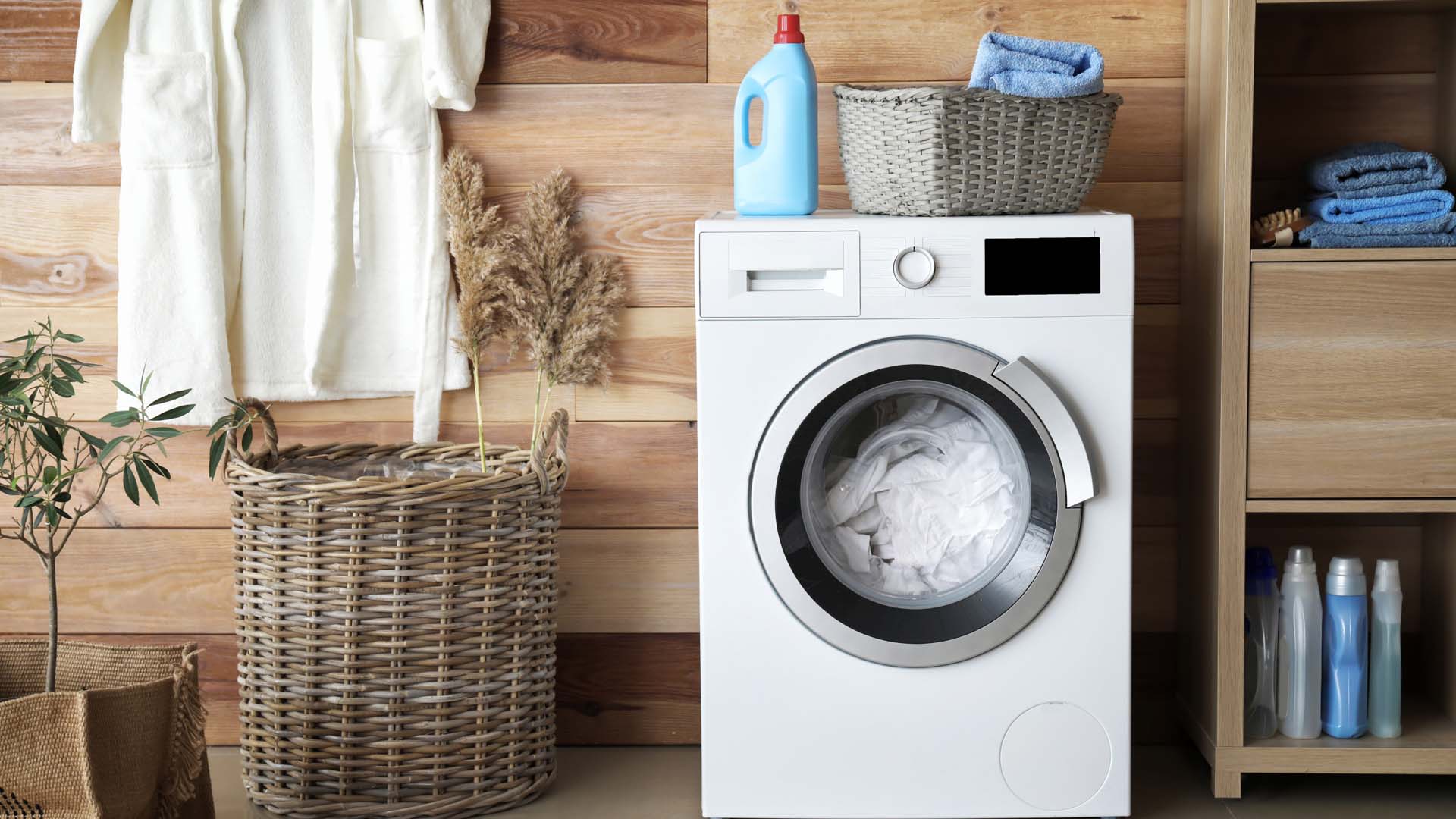


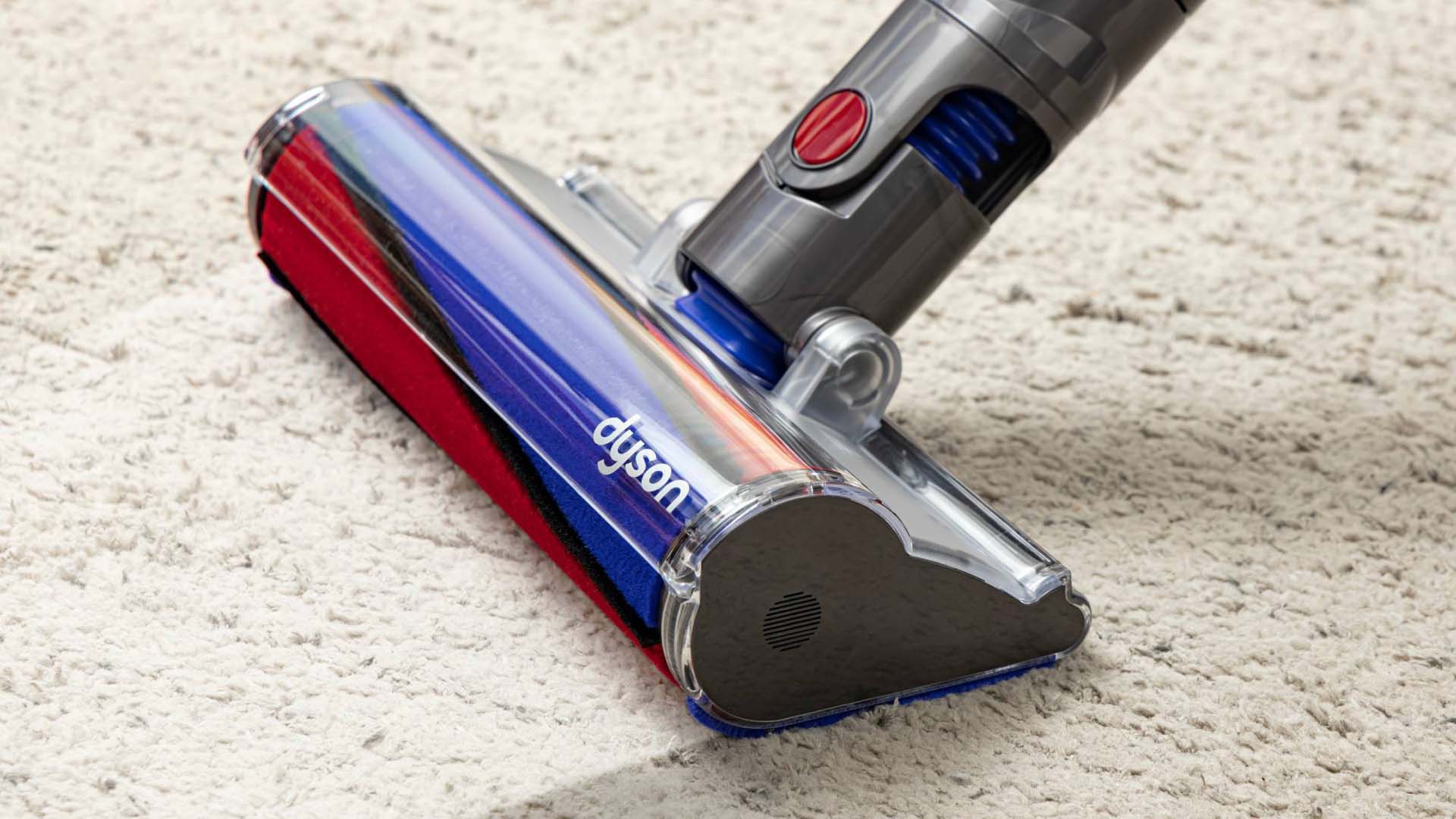
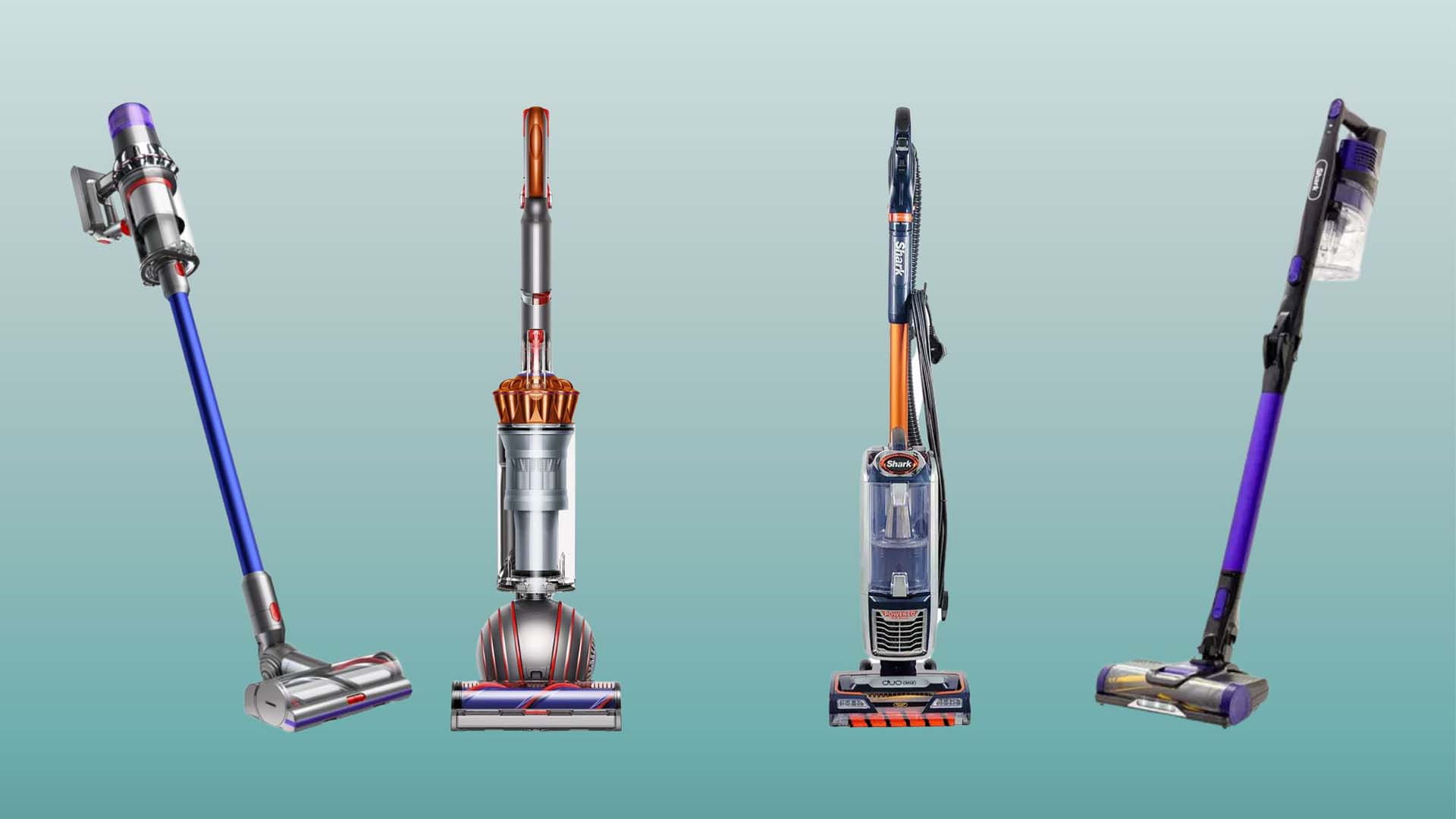



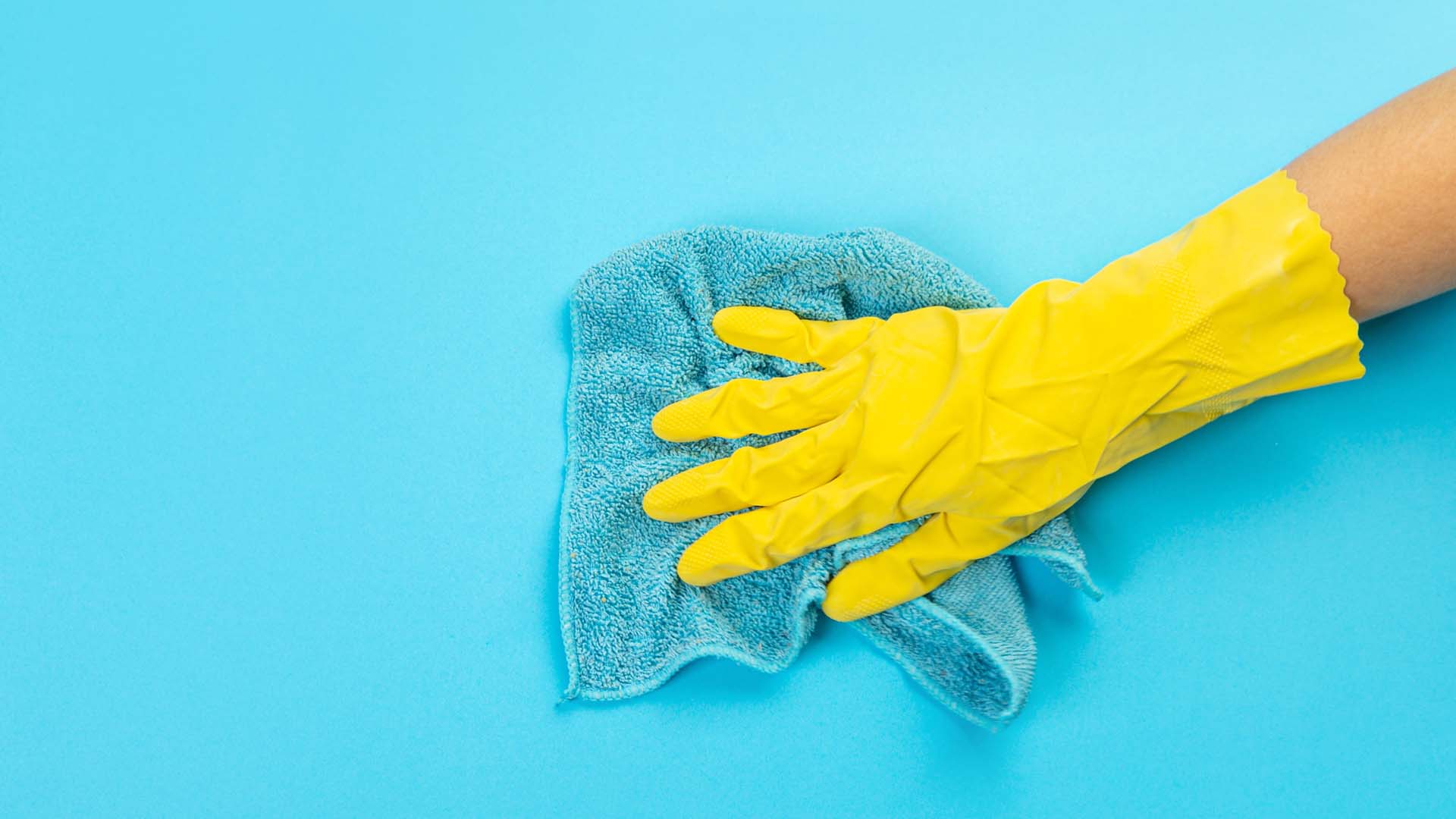

Create the perfect vista with our window cleaning tips.

Because a scale-filled iron can ruin your clothes.